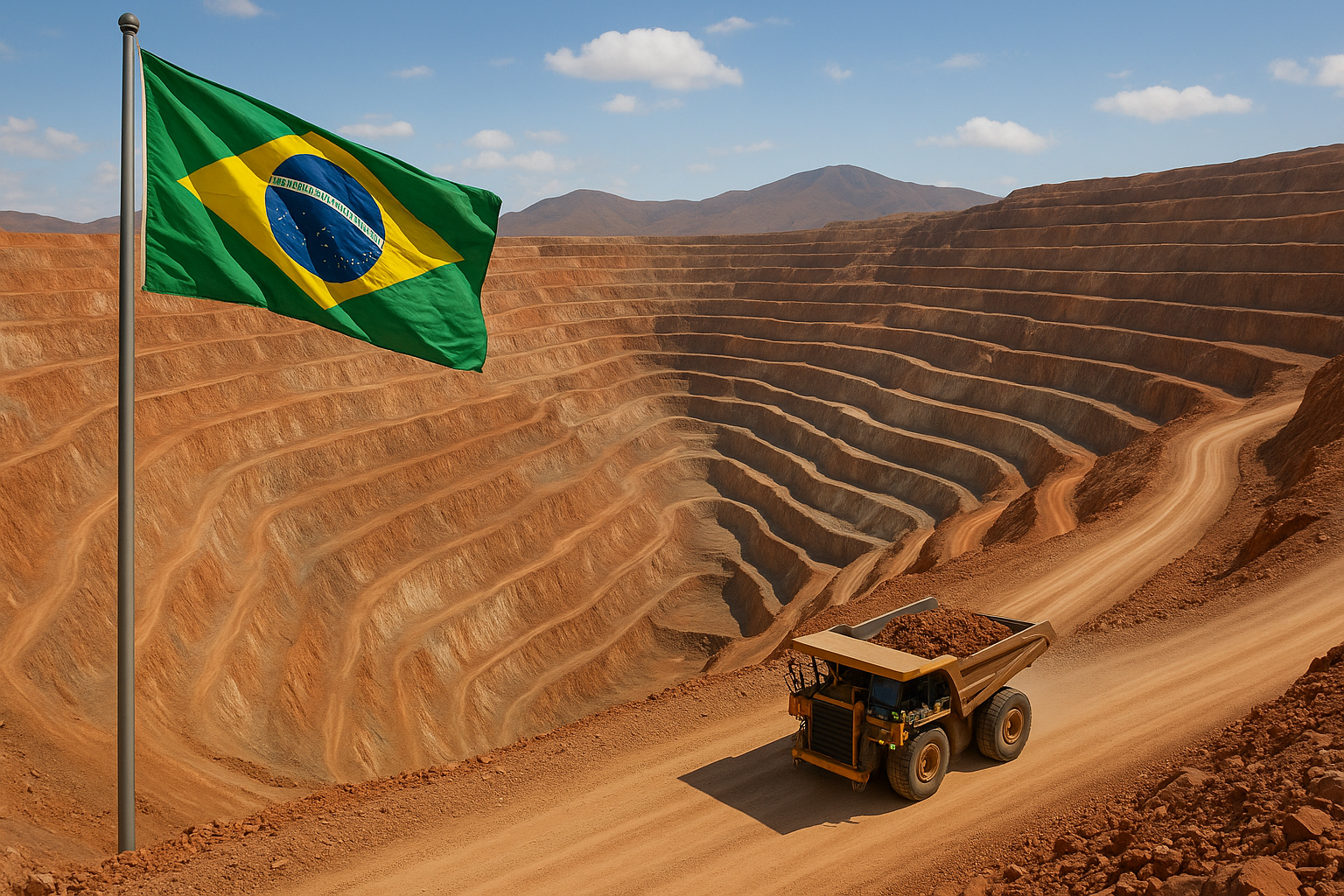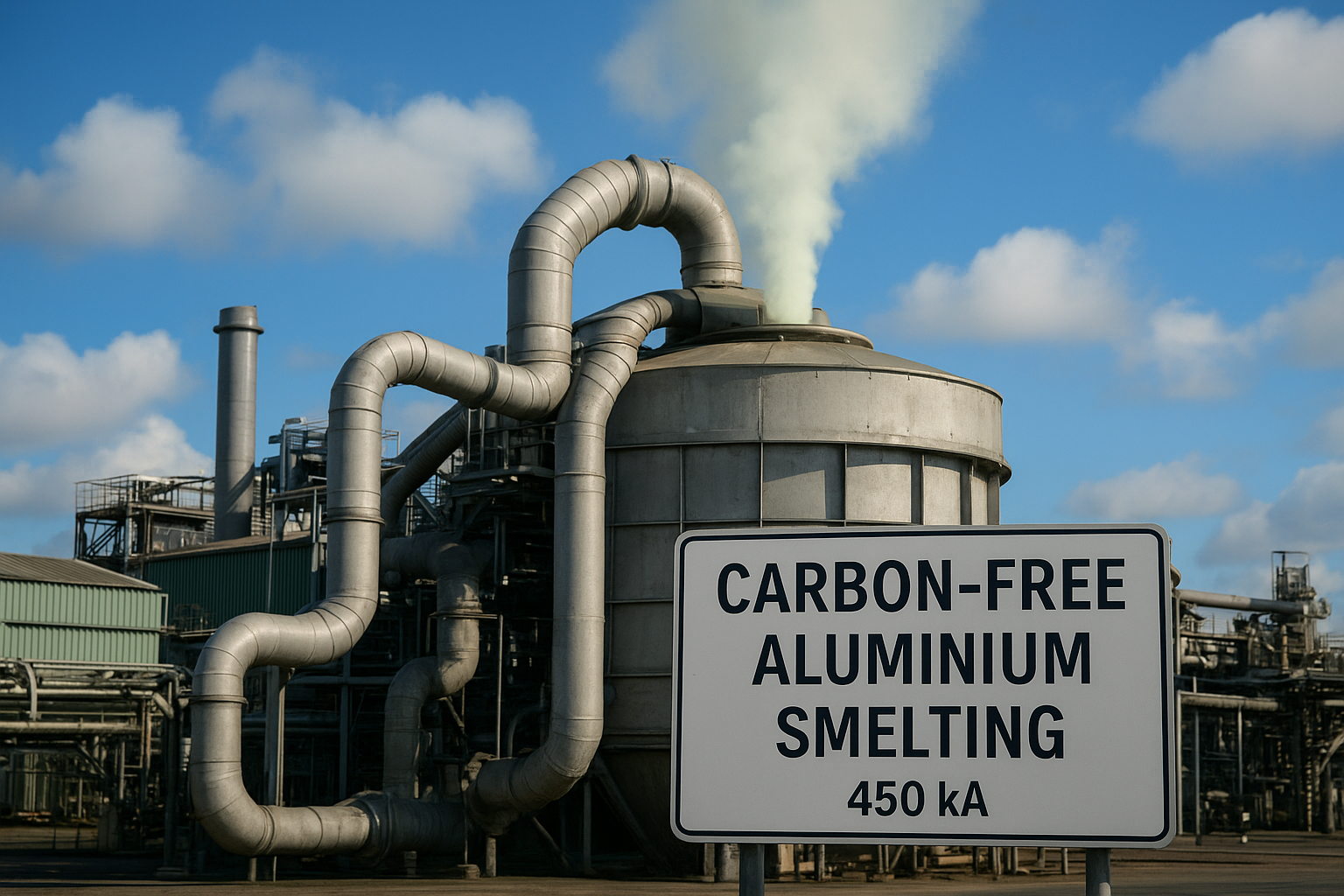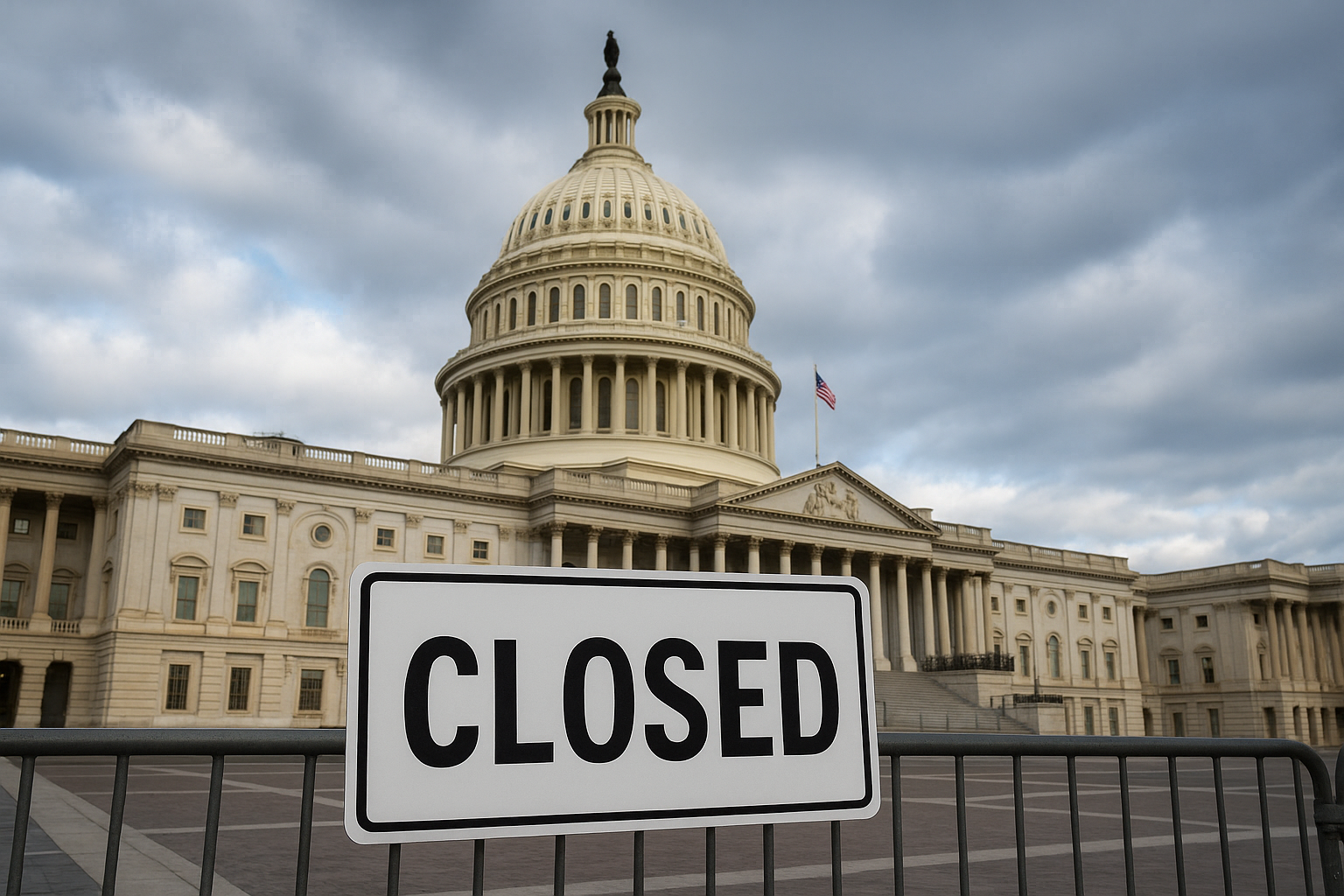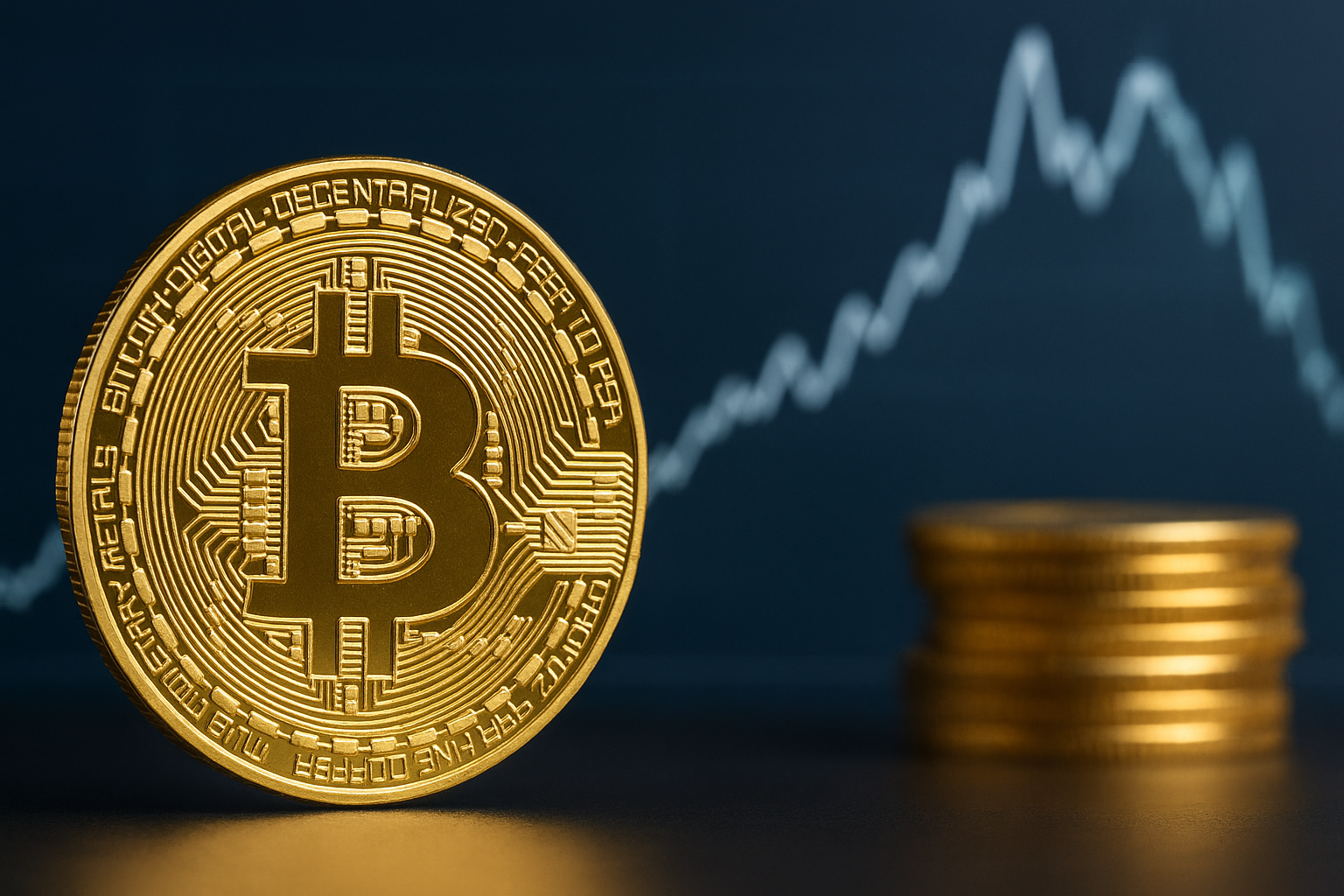The Race for Critical Metals Reignites
A renewed rush for critical metals is unfolding as Resouro Strategic Metals Inc. (TSXV: RSM | OTCQB: RSGOF) signed a Memorandum of Understanding (MOU) for rare-earth extraction in Brazil, signaling a potential reshaping of global supply chains for strategic minerals. The agreement, revealed earlier this week, underscores Brazil’s growing role as a supplier of essential materials underpinning the clean energy transition — from electric vehicles to wind turbines.
At the same time, Australian-listed copper miners are enjoying a sharp rebound, with some stocks rallying as much as 85% year-to-date, according to The Motley Fool. The surge comes amid strengthening copper prices, fueled by renewed demand forecasts and tightening supply — reinforcing what many analysts are calling the early stages of a new commodity supercycle.
Why This Matters for Investors
After years of subdued performance, the metals and mining sector is showing early signs of revival, led by the resurgence of copper and rare-earth elements (REEs) — two materials critical to global electrification and clean-tech manufacturing.
According to data from Bloomberg and S&P Global, copper inventories at major exchanges remain near multi-year lows, while long-term demand projections linked to EV production and power grid upgrades continue to rise. McKinsey’s latest commodity outlook estimates global copper demand could grow 3.5% annually through 2030, driven by clean-energy investments.
Rare earths, meanwhile, are drawing strategic attention due to mounting geopolitical competition. China still accounts for over 60% of global REE production, leaving Western economies eager to secure alternative supply chains. Brazil’s emergence — alongside projects in Canada and Australia — reflects a growing effort to diversify sources and reduce dependency on Chinese exports.
Resouro’s Brazil project could help bridge that gap. The company’s MOU reportedly involves resource-sharing and technology transfer initiatives aimed at building local processing capacity, an essential step to move beyond raw material exports toward value-added production.
Copper’s Comeback and the Supercycle Narrative
Copper’s price resilience is a defining feature of the current market shift. Benchmark prices recently climbed past $9,000 per tonne, supported by both physical shortages and speculative inflows. The International Copper Study Group projects a supply deficit of nearly 500,000 tonnes in 2025 — a stark reminder of how quickly demand can outstrip new production capacity.
In Australia, mid-cap miners such as Sandfire Resources, 29Metals, and AIC Mines have seen double-digit gains as investors rotate back into hard assets. Even exploration-stage firms are drawing renewed attention amid rising long-term copper forecasts.
“Copper remains the metal to own in the decarbonization era,” noted a recent UBS commodities report. “It’s not just a cyclical play — it’s structural, driven by an energy transition that’s still in early innings.”
Still, investors should tread carefully. Commodity cycles are notoriously volatile, often marked by rapid inflows during boom phases followed by deep corrections. Analysts at Goldman Sachs caution that while fundamentals support current pricing, “cost inflation and jurisdictional risks could temper near-term upside.”
Future Trends to Watch
- Brazil’s Role in Global Supply Chains: Expect continued foreign investment in Latin America as miners seek stable jurisdictions outside of China for critical materials.
- Copper Demand from Green Infrastructure: As governments double down on electrification, copper’s role in transmission grids, EV motors, and renewable power systems will remain central.
- Rare-Earth Processing Capacity: Western economies are investing heavily in refining capacity, aiming to build vertically integrated REE supply chains by 2030.
- ESG and Supply Security: Investors are increasingly screening mining companies for sustainability credentials — not just ore grades and cost efficiency.
Key Investment Insight
For investors, diversified exposure across copper, nickel, and rare-earth producers remains a sound strategy in the current environment. Prioritize companies with:
- Low-cost production structures and clear capital discipline.
- Jurisdictions with regulatory stability (e.g., Canada, Australia, Brazil).
- Downstream integration, such as refining or strategic partnerships with OEMs.
While the sector’s momentum is strong, remember that commodity booms are cyclical — and timing remains key. Consider staggered entries, monitor policy shifts, and track inventory data closely to avoid getting caught at the peak of the cycle.
Stay Ahead
As the global economy pivots toward sustainability and energy independence, metals like copper and rare earths are set to define the next investment decade. But identifying winners requires more than chasing headlines — it means understanding cost dynamics, jurisdiction risk, and long-term demand trajectories.
For daily investor insights on commodities, tech, and macro trends shaping markets, stay informed with MoneyNews.Today — your trusted source for smart investing analysis.





